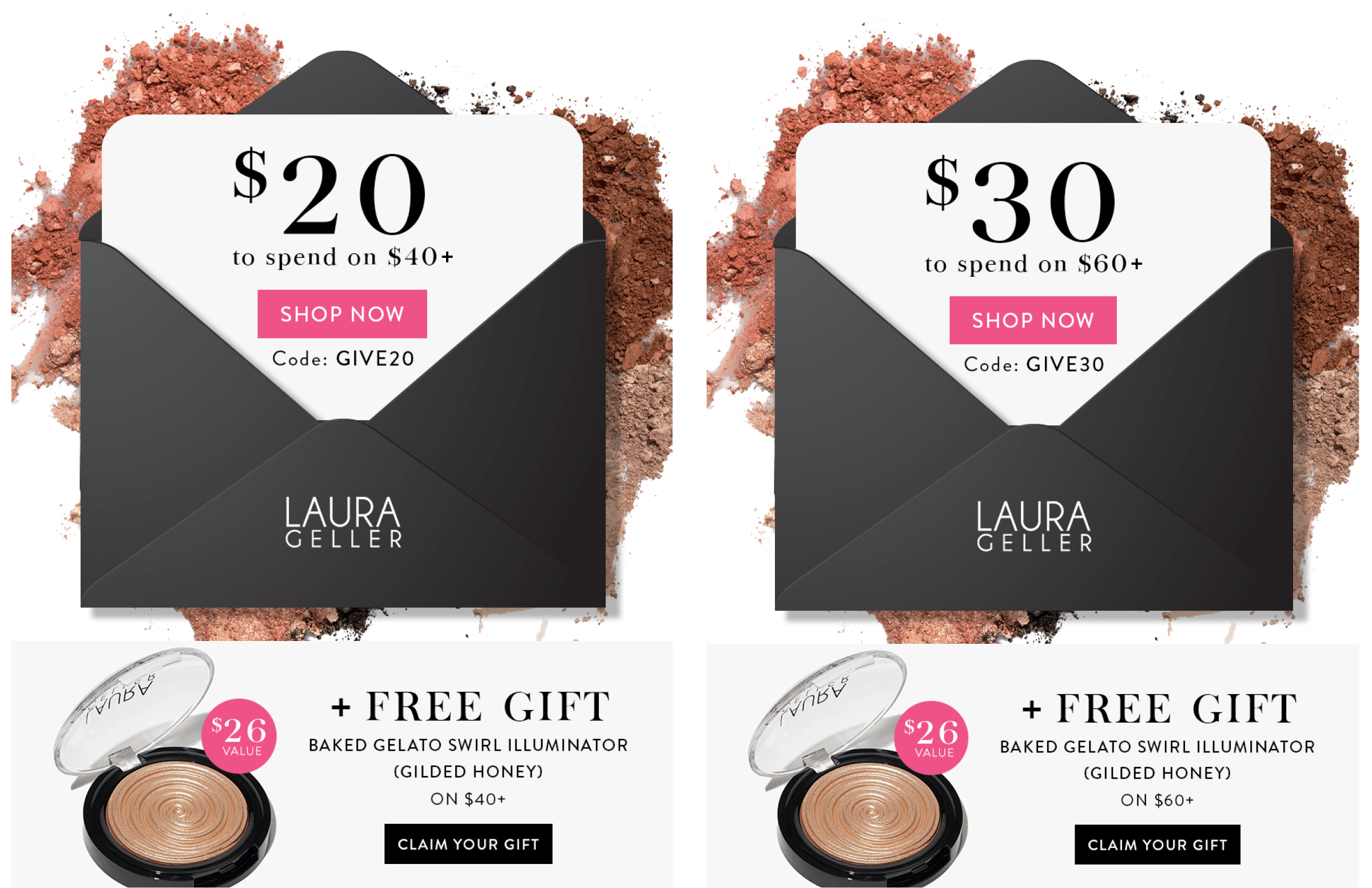2020 presented challenge after challenge for the retail industry. While COVID-related online shopping resulted in an estimated revenue boost of $175 billion, the industry itself took a loss, with total sales dropping 10.5 percent — a number not seen since 2016. This unique combination created new challenges for retailers and brands of every shape and size, especially related to supply chains. For months, products were backordered, unavailable, or faced weeks to months-long shipping delays.
Now, it’s up to brands and retailers to ensure that these new, lockdown-acquired customers keep coming back. To see continued success, brands must be agile, embrace and engage these customers or risk losing them forever.
The Background: How Did We Get Here?
In the early days of lockdown and as the supply chain began to falter, consumers scrambled to get their hands on products. “In stock” became the new discount and supply chain pressure forced consumers to abandon their go-to brands and retailers to find alternative options like direct-to-consumer (D-to-C) brands and e-commerce retailers that could provide them with the products they needed, when they needed them.
Because it’s no longer as hard for consumers to get their hands on products like hand sanitizer, at-home workout equipment or even tie-dyed clothing, their eyes are beginning to wander back to the traditional retailers or brands they were loyal to pre-COVID, and the D-to-C brands that saw new customers now face the challenge of keeping them on board through the messaging and communications (e.g., emails) they receive.
Related story: 5 Things Your E-Commerce Company Can Do to Build Customer Trust
Today’s Consumer Reality and the Much-Needed Solution
When it comes to communication, retailers lose engaged customers on a weekly basis, and these new supply chain-driven consumers are in danger of becoming unengaged even more quickly.
Brands and retailers need to make sure their new customers, as well as their already loyal customers, are receiving emails (and really, any communication, from SMS to social) that are tailored to them and contain the information they’re most interested in. Retailers should look to do so through effective and powerful audience management, which has the potential to bring back 10 times the return on a customer.
At its core, audience management means monitoring a brand or retailer’s entire audience — active, inactive, high-value, low-value, and everyone in between — and optimizing each segment to drive the most value. Many times, marketers primarily focus on their active segments and let others, like the inactive, fall to the wayside, ultimately missing out on creating loyal customers.
However, when used correctly, audience management can help brands and retailers maintain the agility they developed during lockdown and continue to use those strengths to keep those new customers coming back and even re-engage past ones. This happens through supercharged personalization that helps pinpoint the exact reason someone may have dropped out — or will — of an active file and re-engages them with the brand or retailer.
There’s no one-size-fits-all answer to communication to consumers in a post-lockdown world, but for D-to-C brands and e-commerce retailers that saw an influx in new customers and overall purchases as a result — and undoubtedly want to see continue to do so — it’s important that they keep those lines open in smart, thoughtful and impactful ways, no matter what.
Allan Levy is the CEO of Alchemy Worx, a full-service international digital marketing agency focused on audience management and retention strategies for more than 120 brands, such as Universal Music Group, Sirius XM and Disney.





